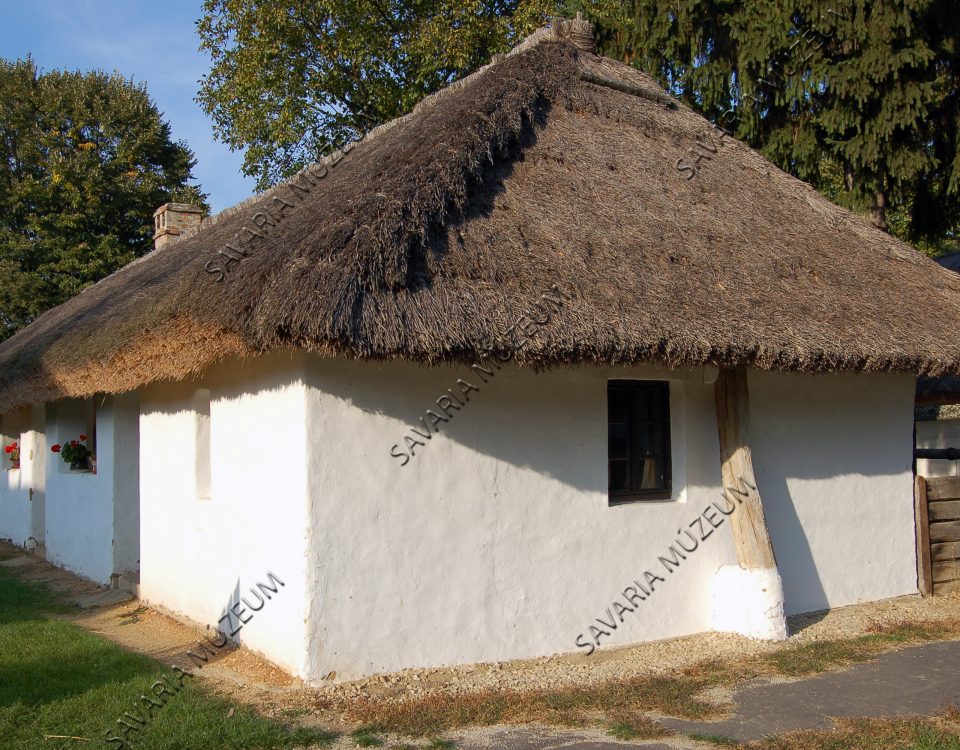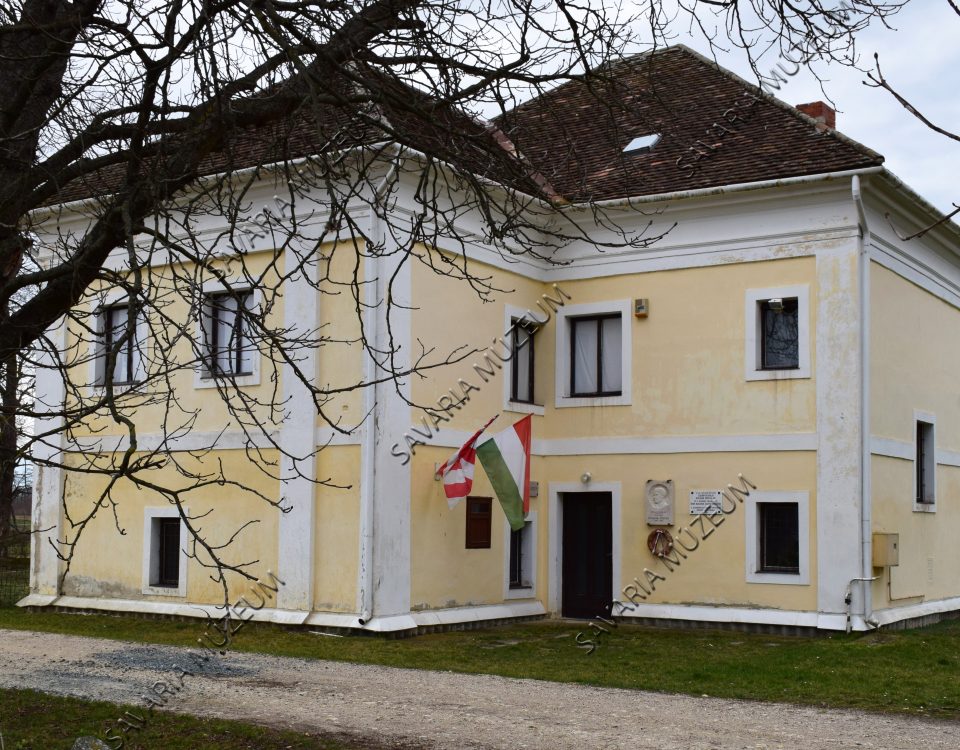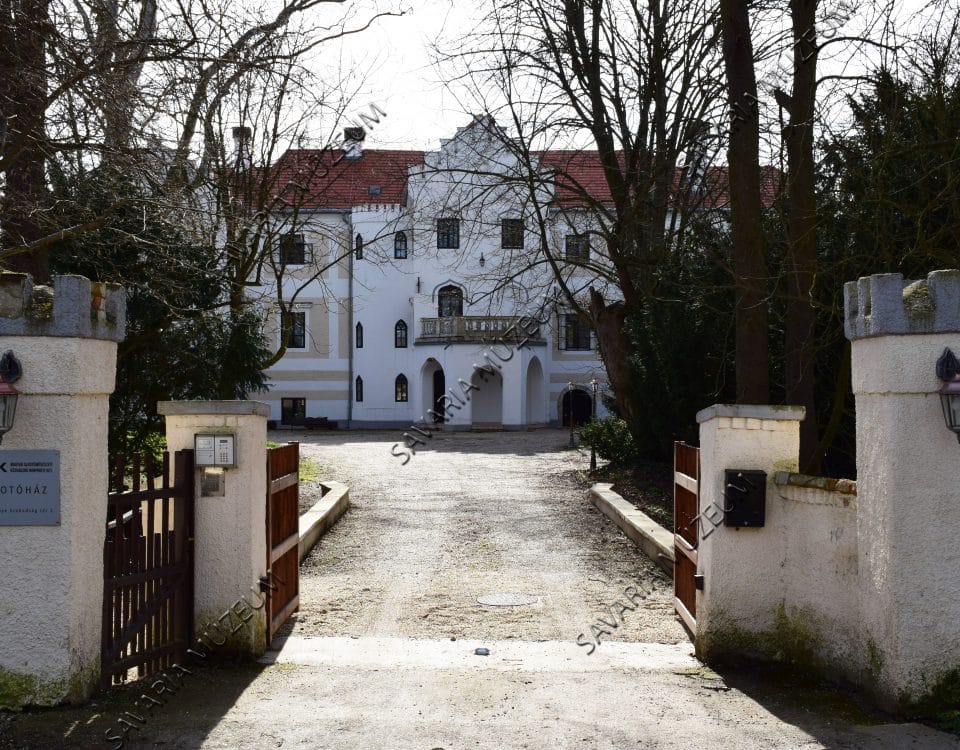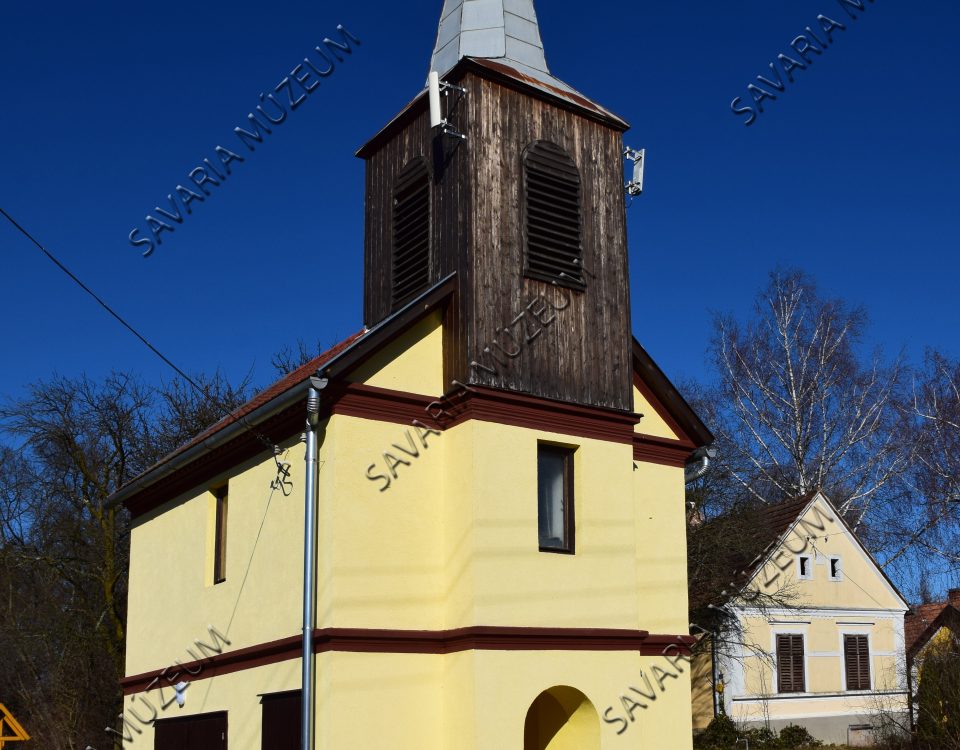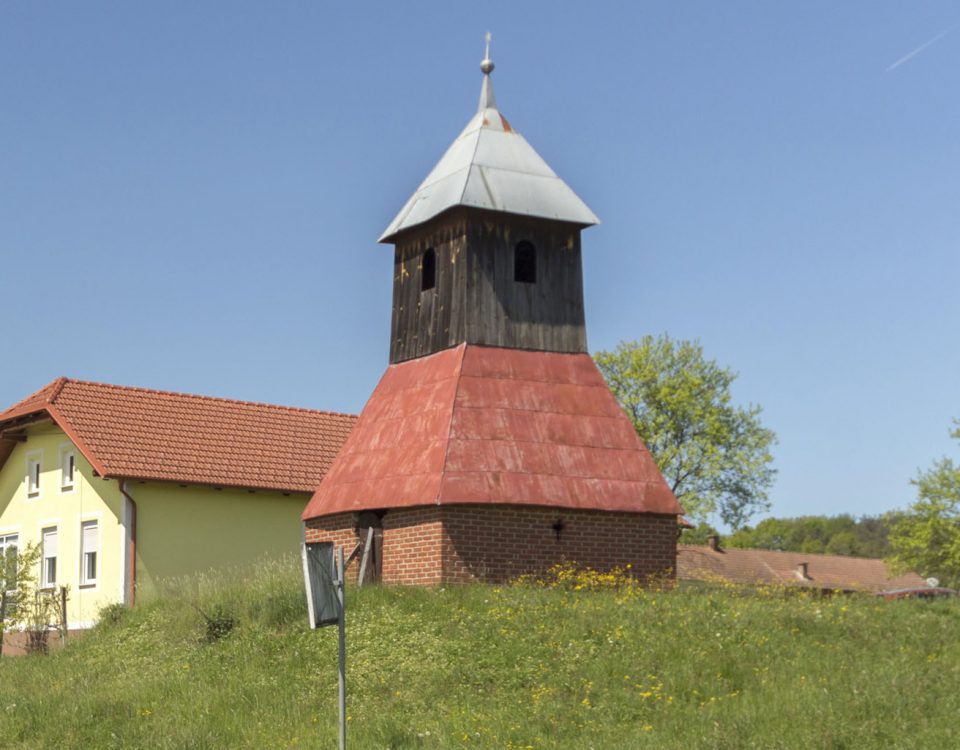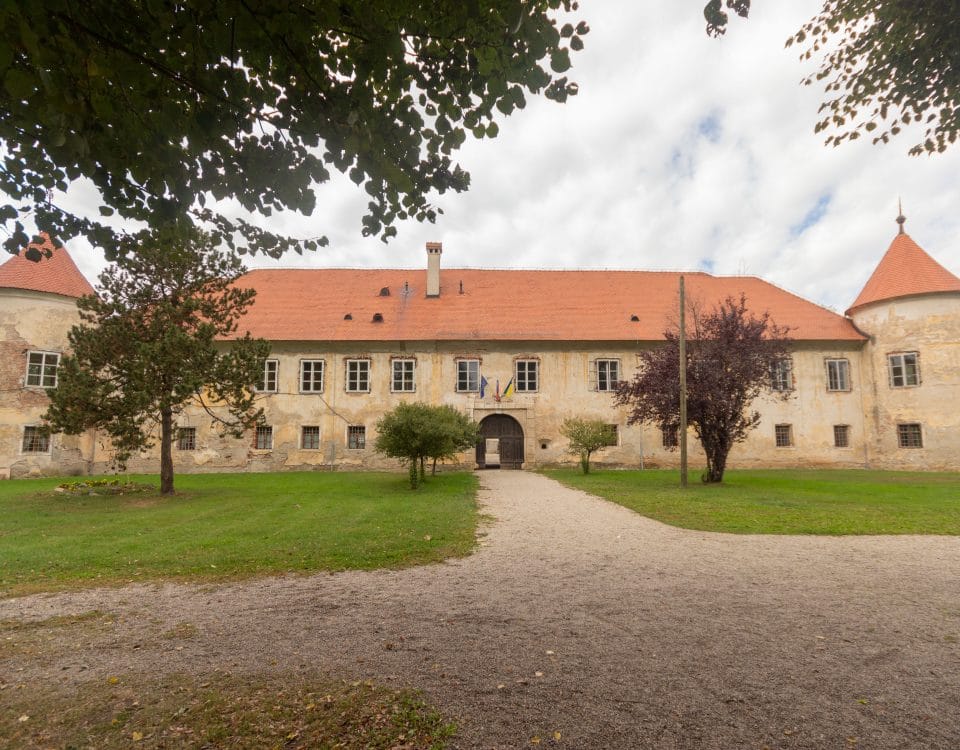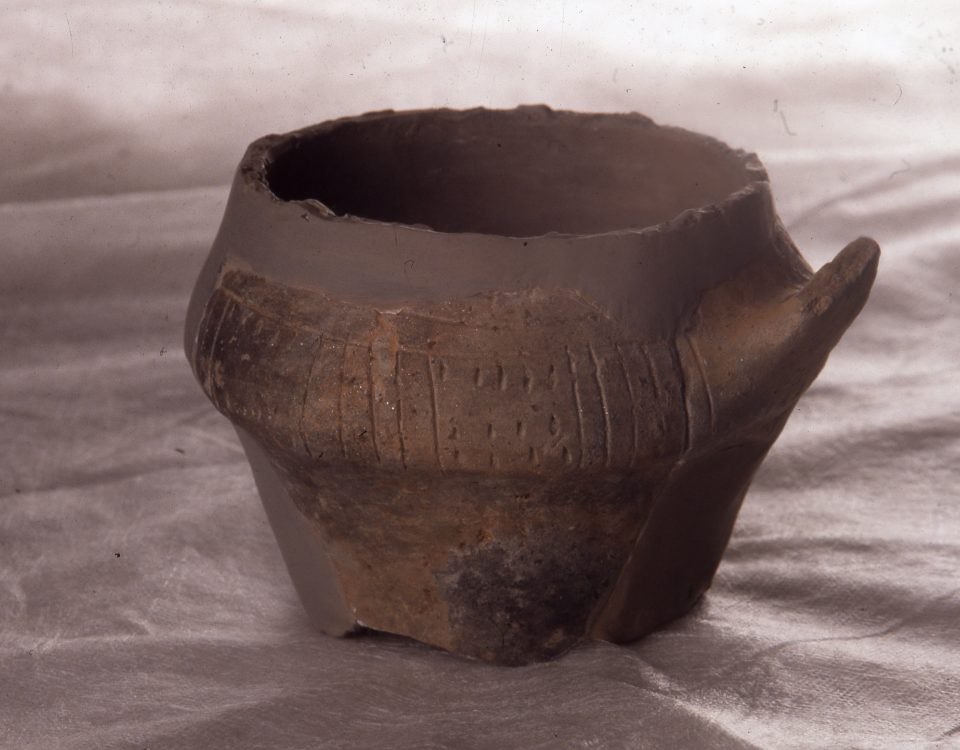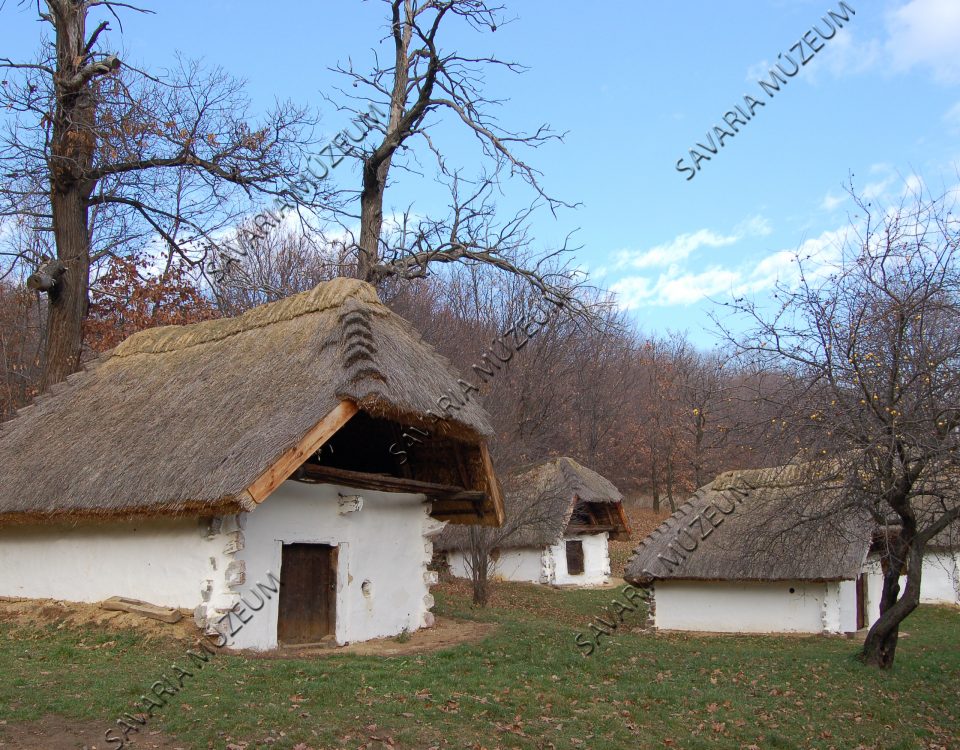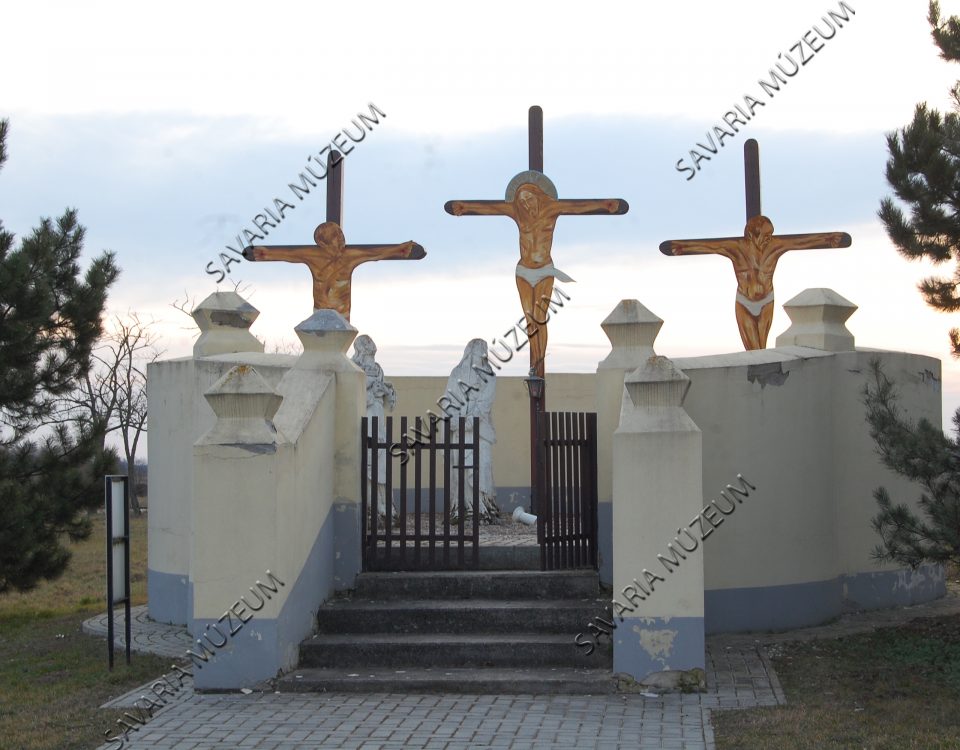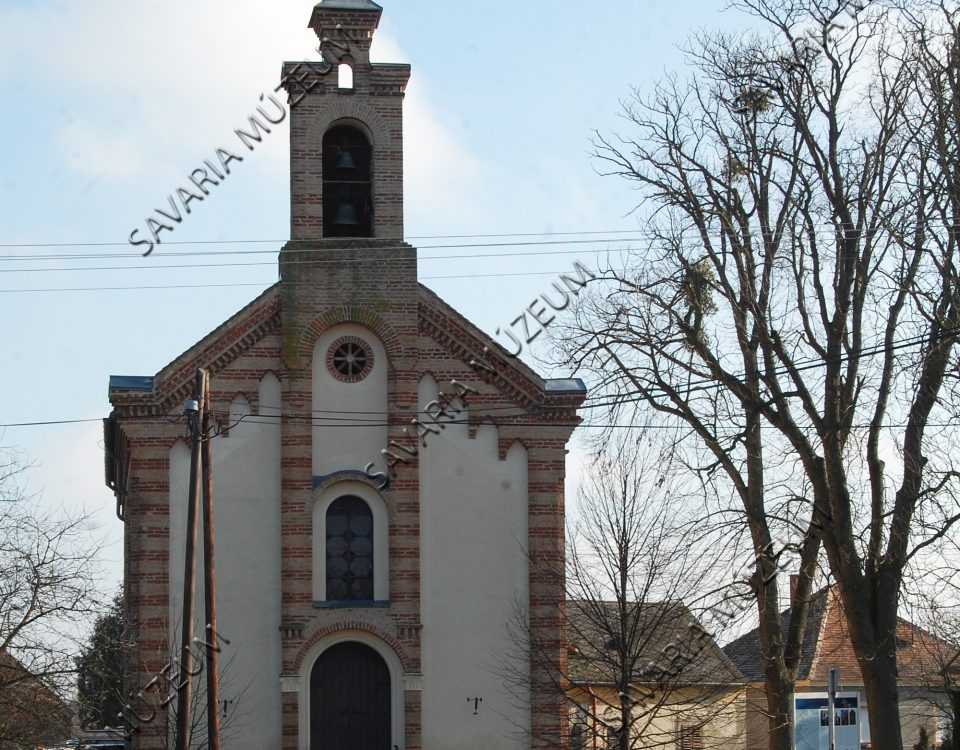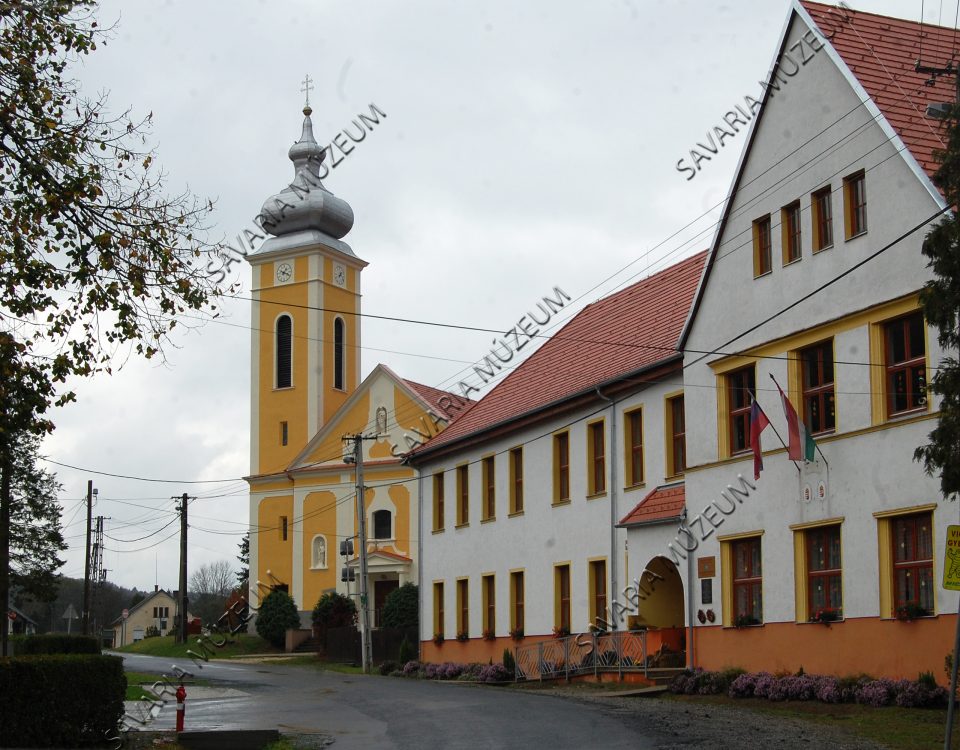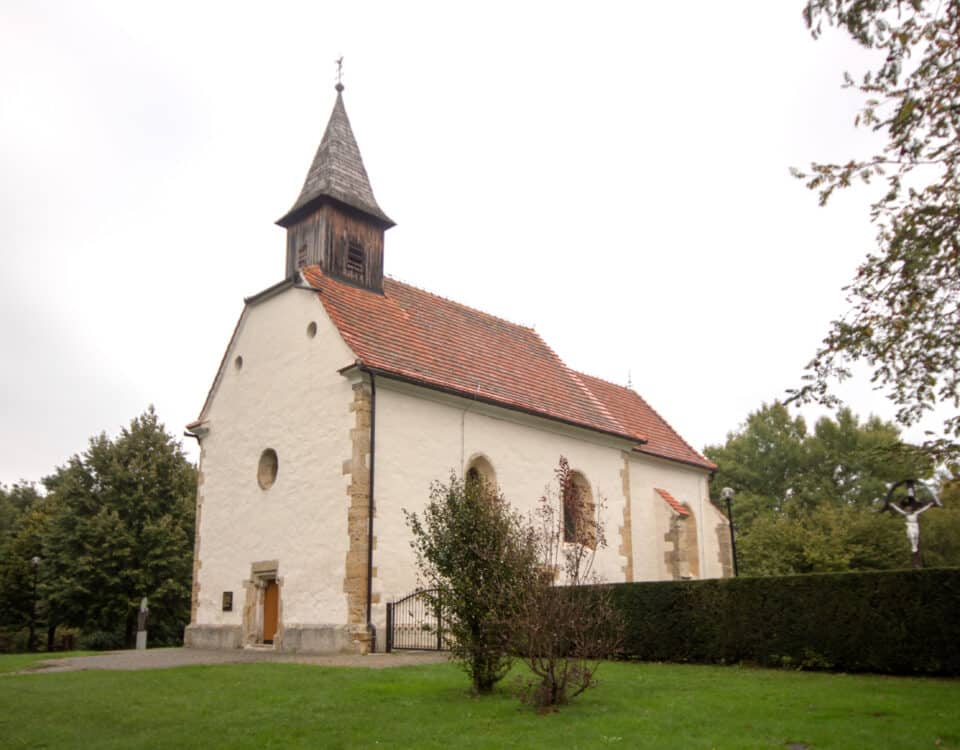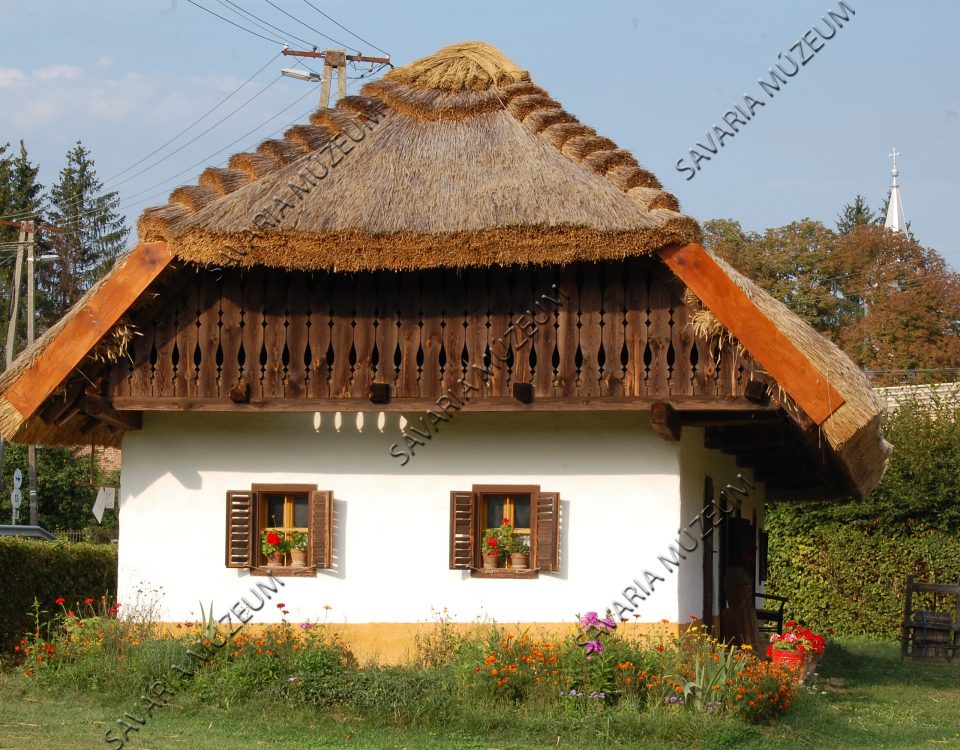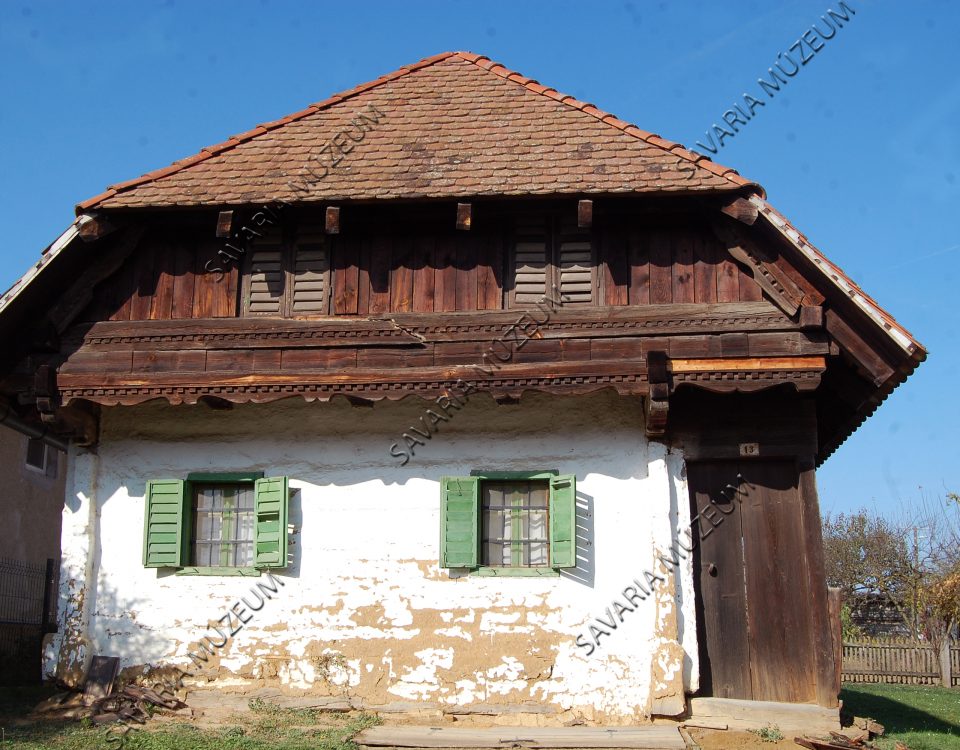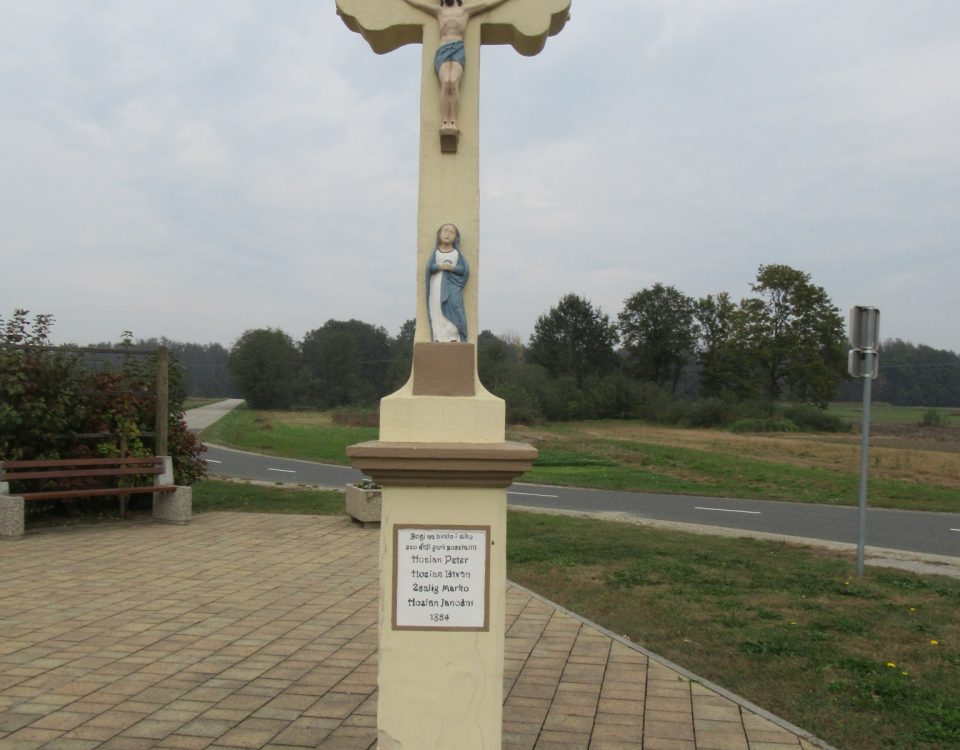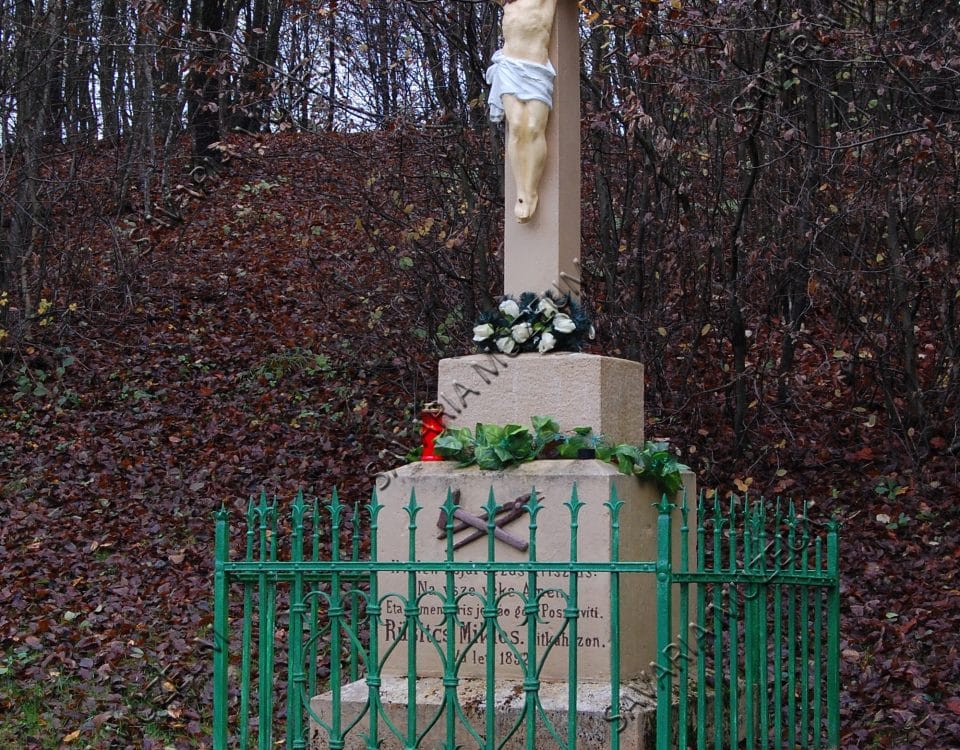Review of documented digitizers
4. March, 2020
The building, address: Vönöck, Petőfi Sándor u 4, represented the oldest stratum of folk architecture in the Kemenes region. It was disassembled in 1983 and relocated in an open-air museum. The most archaic folk architectural monument of Kemenesalja can be seen today in the Vas County Open Air Museum. It is a two-apartment, building with…
18. August, 2020
A small Late Renaissance castle. It was built by Bertalan Balogh Csempeszházi in the second half of the 16th century. Its later owner, Ádám Béri Balog, a general of the Kuruc Army in the 18th century, who transformed it in Baroque style. It has been home to the Museum of Local and Industrial History and…
18. August, 2020
It was transformed from a medieval manor house in the 16th and 18th centuries, expanded repeatedly. It was last expanded in romantic style in 1867. Today it operates as artists’ house. Its extensive park was established in the 19th century and is now under nature protection. The talented poet Ferenc Békássy, who died young, is…
18. August, 2020
A two-story building with a tower, reminiscent of a chapel. Firefighters’ bell tower, with an obelisk with the mythical eagle, a monument dedicated to World War I heroes.
11. February, 2020
The bell towers standing separately were important socio-cultural and architectural elements of the Catholic and Lutheran countryside. The bell tolled at the time of hail, in the morning, at noon and in the evening, at church ceremonies, in the event of fire, at the time of decease... The bell tower was the center of the…
18. August, 2020
The Beltinci Castle stands in the middle of the extensive park. The village was mentioned as early as in 1322, as “Belethfalua”. Beltinci belonged to the Jura family as early as in the 13th century, but not for long, since after 1265, it became the property of the Haholdi landlords from Lendava, who ruled here…
11. February, 2020
Several archaeological sites have been registered by the staff of the Museum of Murska Sobota in and around Bukovnica. Smaller excavations were carried out near the village of Kot, west of the village. Settlement remains have been discovered: columns of former houses, stove remains and cavities. The finds included many pottery objects and stone tools.…
18. August, 2020
The complex consisting of eight cellars of the Cák Winery has been open for the public since 1976. The cellars are located in the chestnut forest behind the village and according to the settlement structure of that time. They were primarily used for wine processing and wine storage. After the plague of phylloxera, the cellars…
18. August, 2020
Countess Cziráky József and Borbála Barkóczy erected this Calvary on an artificial hill. When Count Cziráky married her she was not a noblewoman, and she made a promise of building the Calvary hoping for ennoblement in return. After being accepted in the Order of the Starry Cross, she built the Calvary in 1731. Sandstone was…
18. August, 2020
Kolta settlement’s ruined medieval church was demolished in 1633 and replaced by a new one. The new church is mentioned as early as in 1644. It may have been the same size as the present one, but it was located a few meters away. Following the Reformation, the church was used by the Lutherans. It…
18. August, 2020
The chapel of Felsőszölnök, named after St. John the Baptist is known from the 14th century (1377). We can read about the restoration of the church in the 1794 visitation report. In 1915 it consisted of a lower part and a taller part, surrounded by a wooden fence, its tower covered with shingles and the…
18. August, 2020
The late Gothic village church dates from 1521. The church's relatively high nave is preserved and polygonally shaped, the closed off presbytery is narrower and lower. The church was arched in the baroque style in 1739. It is built from bricks and stone, the belfry above the presbytery is wooden and covered with shingles. The…
18. August, 2020
The blacksmith workshop and the house next door were built for the blacksmith commissioned by the community. The community built this house near the river Zala so that the water for cooling the forged material be easily accessible. The first inhabitant of the house was blacksmith Antal Károlyi, while the last one, Mrs. Jenő Károlyi…
21. February, 2020
This country house with longitudinal layout and with a chimneyless kitchen was built in 1850 and serves as an open air museum house since 1970. The pantry and the stables were rebuilt in 1983. The walls of the house are made of pine beams, the roof is covered with rye straw. The façade has a…
11. February, 2020
Restored cross made of artificial stone, standing at the intersection. As the inscription indicates, it was erected in 1884, as a way to express thanks to God and in his glory, so we do not know the exact reason for its creation. Perhaps it was only a sign of strong faith or showing the importance…
3. March, 2020
The base of the cross had a blacksmith's hammer and pliers crossing each other and a text written in the local Slovenian dialect. Probably the work of a local blacksmith. According to the oral tradition, the wife wanted to poison the blacksmith, but he survived. He thanked God by erecting the cross. In 2017, it…

